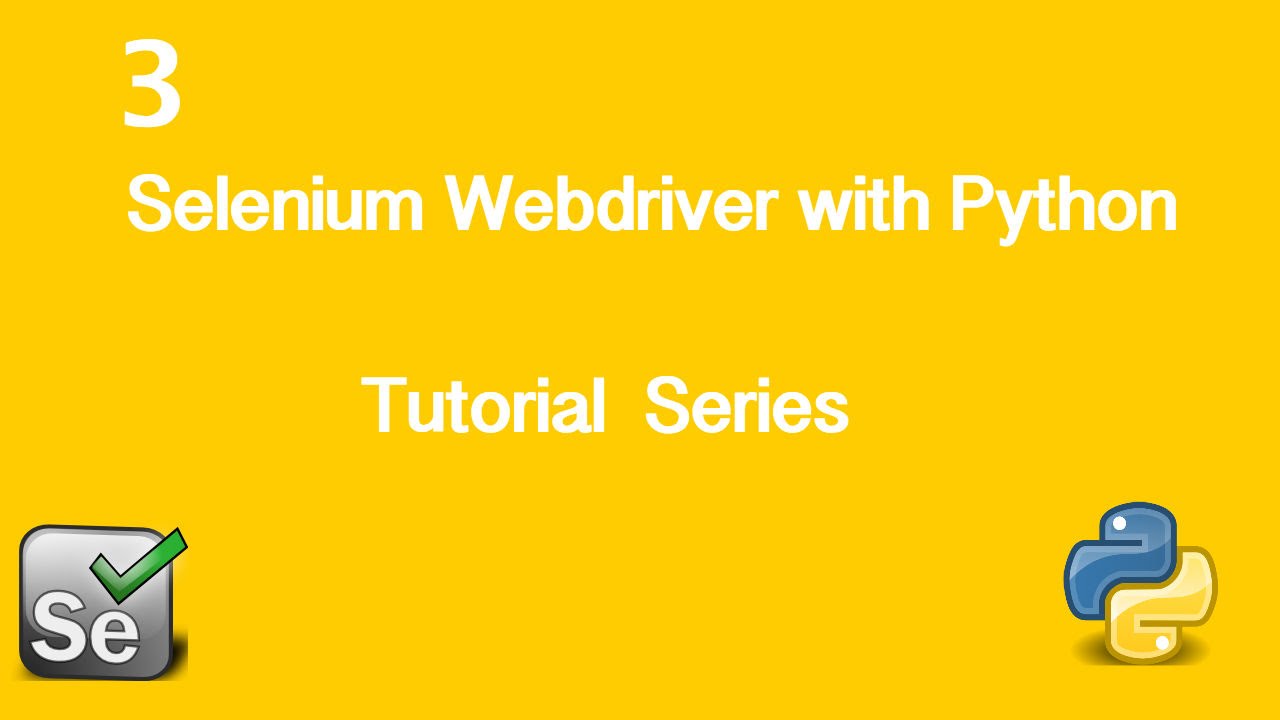

- #Brew install chromedriver selenium mac os#
- #Brew install chromedriver selenium drivers#
- #Brew install chromedriver selenium update#
- #Brew install chromedriver selenium driver#
#Brew install chromedriver selenium driver#
I’m using a brand new 2020 Macbook Air and it has the out of date v2.x installed so go ahead and install the latest 3. Install the Chrome driver with the homebrew by running the command. If you don’t have Homebrew, go install it.

Previously, my testing was done in Selenium IDE, but you really need to automate this for cross-browser testing which is why you’ll need to download and install Selenium on your Mac.Ĭhromedriver Project page and download the latest package or you can use Homebrew. Selenium WebDriver With Java Install ChromeDriver using Homebrew (1:26) Install GeckoDriver using Homebrew (0:52) SafariDriver is already installed on Mac (0.
#Brew install chromedriver selenium update#
The benefit of running this in the notebook is that you don't need to know the exact path to pip running in the same virtual environment as Jupyter, so I use this trick a lot.Testing - I thought I’d revisit my old testing tools and so this is an update for 2020 and covers the basics of installing Selenium, Chromedriver with Python on a Mac.

Since I was planning to use it from a Jupyter Notebook I actually installed it by running the following in a cell in a notebook: %pip install selenium After tapping caskroom/cask by using brew tap caskroom/cask, install chromedriver using brew cask install chromedriver. I installed Selenium using pip for Python 3: pip install selenium Clicking that worked around the signing issue. To fix this, go to System Preferences -> Security & Privacy - there was a prompt there about the binary, with an "open this anyway" button. DIR, chromedriverlinu圆4.zip, 08:40:24, 6.73MB, 7024d17105fd68cd6a9dae9d7c184ff8. # A window displayed on macOS with an error The first time I ran it I got an error complaining that the binary has not been signed: ~/bin/chromedriver I decided to put this in my ~/bin directory.
#Brew install chromedriver selenium mac os#
On Linux and Mac OS X, export PATHPATH:/path/to/ chromedriver. Chromium itself since the instructions to install chromdriver and selenium dont mention installing Chromium like so: brew cask install chromium. dashboard git:(master) mintapi Mint e-mail. Unzipping this gave me a chromedriver binary file. If you have Google Chrome or Chromium installed somewhere that isn't the default. After a successful install of mintapi, chromedriver, and selenium, I see this output. I have Chrome 85 so I downloaded the chromedriver_mac64.zip file from Without using homebrewĬhromeDriver is available from the official website here:

You still need to run it once in the terminal chromedriver to get the macOS error, then allow it in the Security & Privacy preferences - see below. On Linux, you can run the following two commands (once youve installed SeleniumBase) to automatically upgrade your Chromedriver to match your version of Chrome: ( wget downloads the file, and pytest runs it.) wget. This also ensures chromedriver is on your path, which means you don't need to use an explicit chromedriver_path later on. 0.4896.60 sbase install chromedriver 100. Selenium: by typing in the command pip install selenium. This is by far the easiest option: brew cask install chromedriver In order to install ChromeDriver, make sure you have already installed. Install the chromedriver binary If you have homebrew I needed to run Selenium on macOS for the first time today. Simon Willison’s TILs Installing Selenium for Python on macOS with ChromeDriver
#Brew install chromedriver selenium drivers#
You can find a list with all drivers in the awesome-selenium README. The following describes how you can set up each driver individually. Installing Selenium for Python on macOS with ChromeDriver | Simon Willison’s TILs To run automation based on the WebDriver protocol you need to have browser drivers set up that translate the automation commands and are able execute them in the browser.


 0 kommentar(er)
0 kommentar(er)
